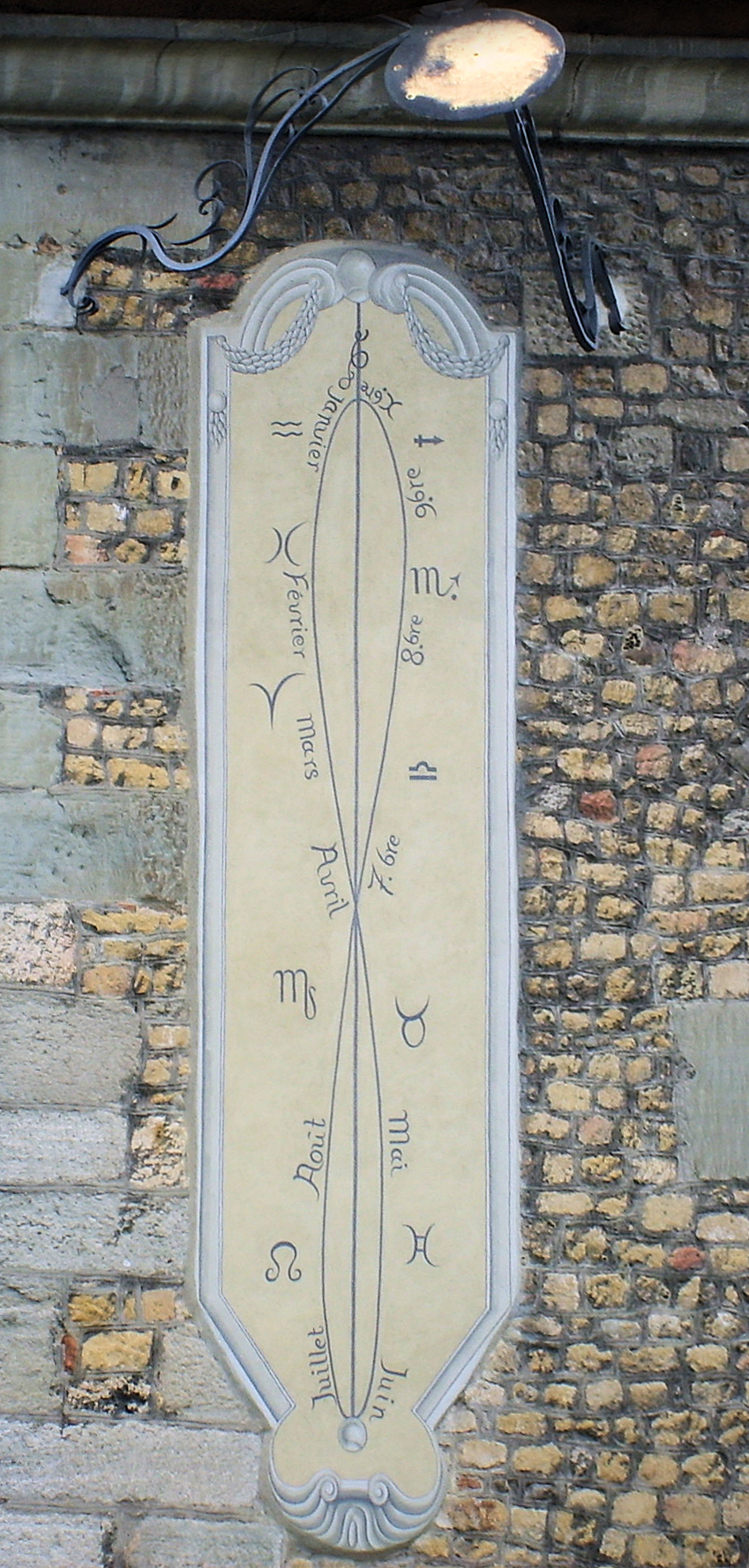- Ceramics
- Artist Pages
- Asian Ceramics & Tea
- Ceramics Artist Links
- Ceramics Links
- Ceramics Terms Glossary
- Agateware
- Banding Wheel
- Bat, Throwing Bat
- Bisqueware, Biscuit Ware
- Blistering
- Blow Up
- Boat Anchor
- Calipers
- Carbon Coring, Black Coring
- Carbon Trap
- Chuck, Chum
- Coil
- Colorants
- Crazing
- Downdraft Kiln
- EPK, Edgar Plastic Kaolin
- Electric Kiln
- Extrusion, Extruder
- Fettle, Fettling Knife
- Force Dry
- Greenware
- Kaolinite
- Kilnsitter
- Overglaze
- Pinholing
- Plucking
- Pug Mill
- Pyrometric Cones
- Raku
- Rib
- Sgraffito
- Shelf Of Shame
- Slab Roller
- Slip
- Test Tile
- Knowledge
- Frequently Ignored Answers
- Photography
- Photographers
- Photo Links
- Raw File Converters
- Camera Simulators
- Color Vision Games
- Frequently Ignored Answers
- Resources
- Contact
Inspiration for Summer Ceramics '08
M. C. Escher


During one of our first classes, somebody mentioned Escher's name for one reason or another. When I was making one of my pinch bowls, the outside texture and the dome form made me think of a stone dwelling of some sort, and how it might be interesting to carve stairs going up the side. Of course, up is a relative term depending upon whether the cup is sitting right-side up, being used, or upside-down, sitting in a cupboard. Inspired by Escher, I made the cup feet into little round houses, each with two doors and two windows and stairs leading from the doors: one right-side up when the cup was, and the other right-side up when the cup was turned over.

The idea of stairs and creating little worlds inside the pieces carried through the rest of my work in the class.
Physics, Chemistry and Astronomy
Natural phenomena, and our continually more sophisticated instruments and understanding of them, have inspired great works since ancient times. An artist who satisfies her curiosity of the natural world (or anything) with but a superficial knowledge of it will only be able to produce superficial works regarding it.
If you don't recognize the piece below, you need to explore Seattle more. The analemma is in Avenches, Switzerland.


Nabta standing stone in Egyptian Sahara

Carving on top of a kerbstone at Knowth, in the Boyne Valley near Drogheda, north of Dublin.

A diagram by Aristarchus to calculate the relative size of the Earth, the Sun and the Moon.

Two hemispherical sundials, from Afghanistan and modern-day Korea.


I enjoy work that gives you room to explore mysteries, find hidden treasures and have some adventure.

My coil pot, with sundial observatory at top, and some things inside to make you want to peer in.





